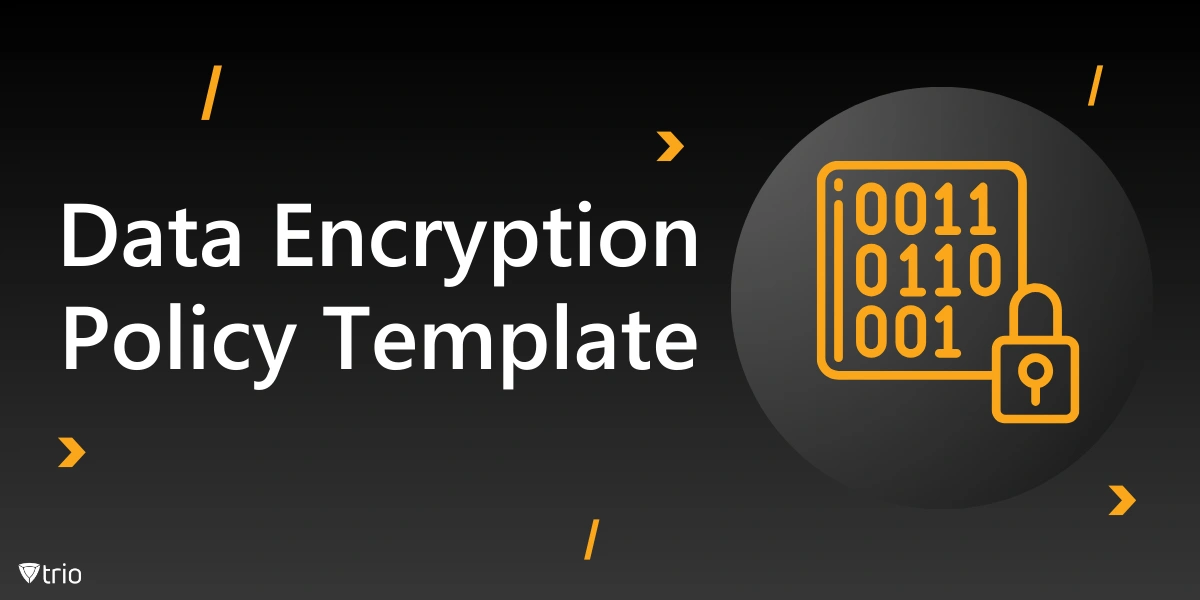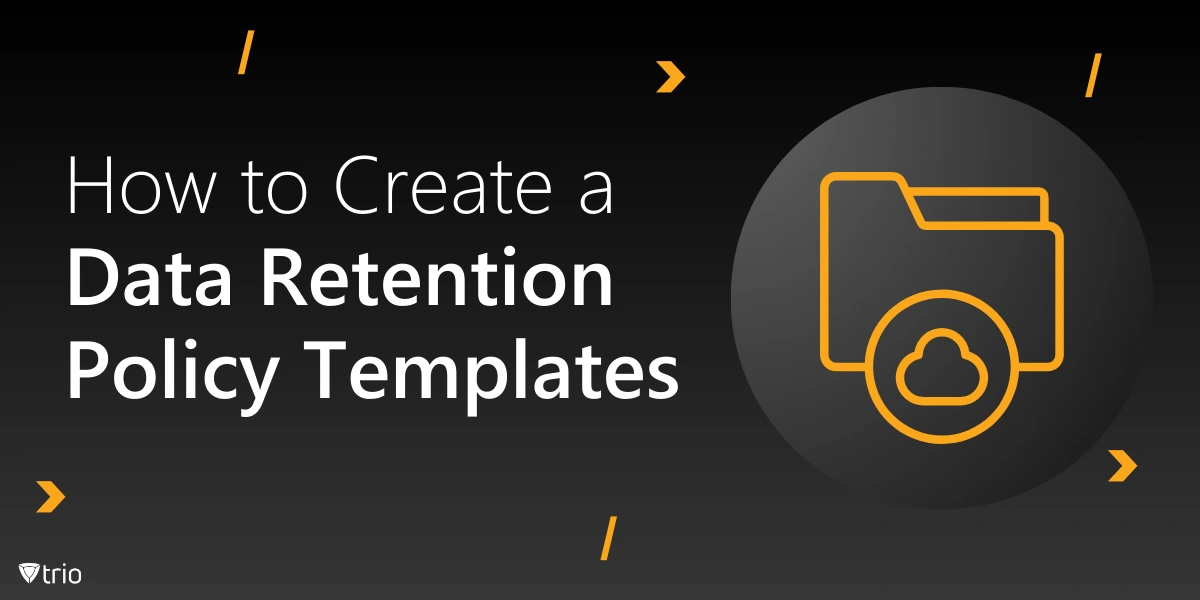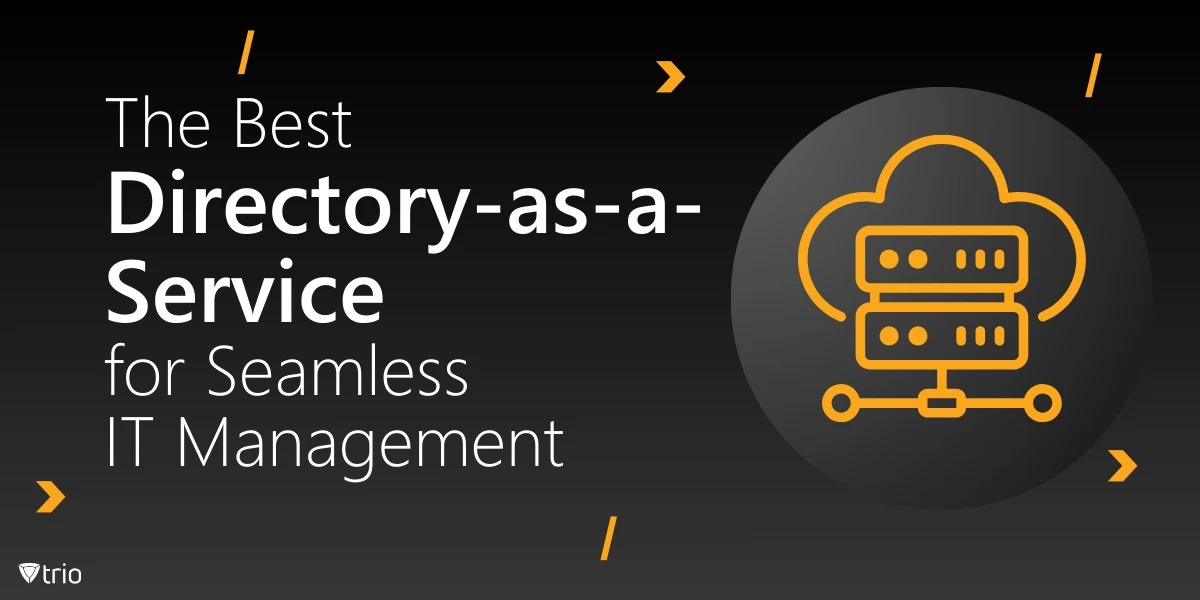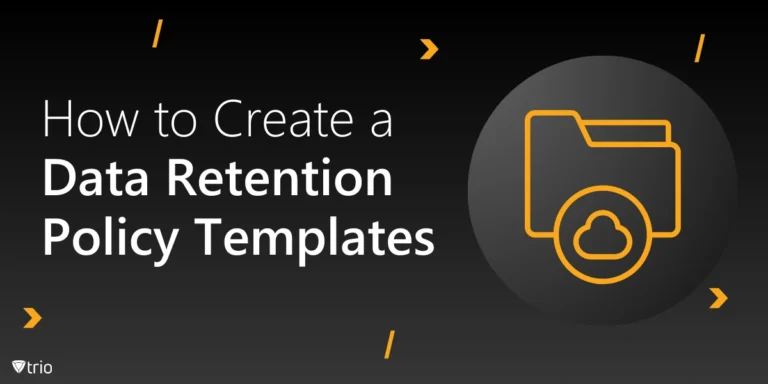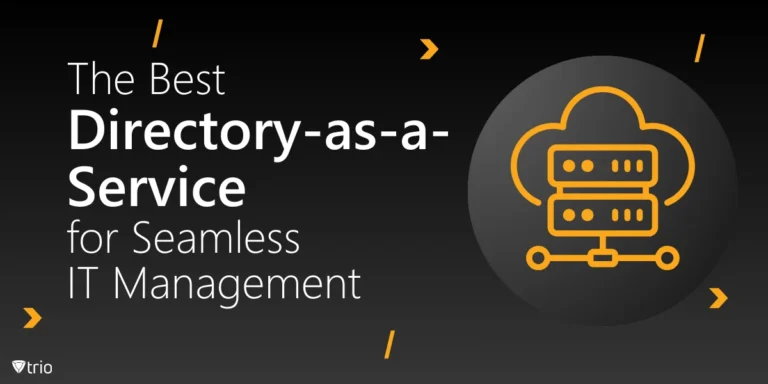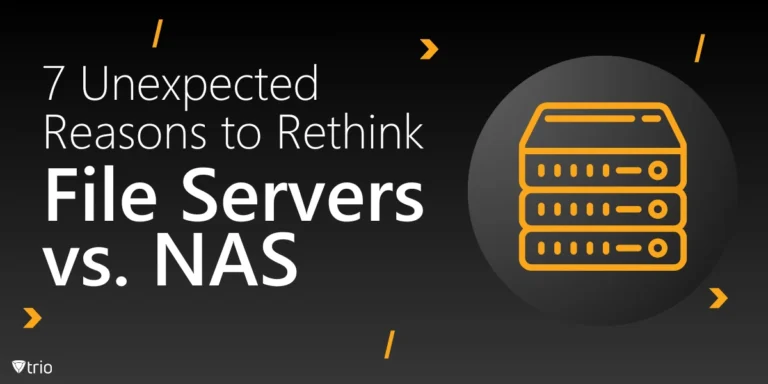With data breaches and cyber threats being increasingly common, organizations must prioritize the protection of sensitive information. One crucial aspect of this protection is the implementation of a robust data encryption policy. A well-crafted data encryption policy template can serve as a foundation for safeguarding your organization’s valuable data assets. In this blog post, we’ll explore the importance of a data encryption policy, provide a free template for your use, and introduce a solution to help streamline your data security efforts.
Understanding Data Encryption Policy
A data encryption policy is a set of guidelines and procedures that outline how an organization should implement and manage encryption to protect its sensitive information. This policy is a critical component of an overall information security strategy, ensuring that data remains confidential and secure, whether at rest or in transit.
Why Data Encryption Policy Matters
- Data Protection: Encryption transforms readable data into an unreadable format, making it useless to unauthorized parties even if they gain access to it.
- Regulatory Compliance: Many industries are subject to regulations that require the protection of sensitive data. A comprehensive data encryption policy helps ensure compliance with standards such as GDPR, HIPAA, and PCI DSS.
- Risk Mitigation: By encrypting sensitive data, organizations can significantly reduce the risk of data breaches and their associated costs, including financial losses and reputational damage.
- Customer Trust: Implementing strong encryption practices demonstrates a commitment to protecting customer data, fostering trust and loyalty.
- Intellectual Property Protection: Encryption helps safeguard valuable intellectual property from industrial espionage and unauthorized access.
Key Components of a Data Encryption Policy
An effective data encryption policy should address the following areas:
- Scope and Objectives: Clearly define what data needs to be encrypted and the goals of the encryption policy.
- Data Classification: Establish guidelines for categorizing data based on sensitivity and importance.
- Encryption Standards: Specify the encryption algorithms and key lengths to be used for different types of data and systems.
- Key Management: Outline procedures for generating, storing, and rotating encryption keys securely.
- Encryption in Transit: Define requirements for encrypting data as it moves across networks.
- Encryption at Rest: Specify how data should be encrypted when stored on devices, servers, or in the cloud.
- Roles and Responsibilities: Assign responsibilities for implementing and maintaining the encryption policy.
- Compliance and Auditing: Establish procedures for monitoring and auditing encryption practices to ensure ongoing compliance.
Free Data Encryption Policy Template
To streamline the process of creating a data encryption policy for your organization, we have developed a comprehensive data encryption policy template. This template covers all the essential aspects of a robust encryption strategy and can be easily customized to fit your specific needs.
Our data encryption policy template includes sections on:
- Introduction and scope
- Data classification
- Encryption standards and algorithms
- Data encryption in transit and at rest
- Key management
- Compliance and legal requirements
- Incident response and data breaches
- Training and awareness
- Policy review and revision
By using this template as a starting point, you can save time and ensure that your organization’s encryption policy addresses all critical areas of data protection.
Implementing Your Data Encryption Policy with Trio MDM
While having a solid data encryption policy template is crucial, implementing and managing encryption across your organization can be challenging. Platforms like the Trio MDM can help you in this matter.
Trio MDM is a comprehensive mobile device management solution designed to help organizations secure their data across various devices and platforms. Here’s how Trio MDM can support your data encryption efforts:
- Centralized Encryption Management: Trio MDM provides a centralized platform to manage encryption settings across all devices in your organization, ensuring consistent application of your encryption policy.
- Automated Encryption Enforcement: With Trio MDM, you can automatically enforce encryption on devices accessing your organization’s data, reducing the risk of human error.
- Remote Wipe Capabilities: In case of a lost or stolen device, Trio MDM allows you to remotely wipe sensitive data, adding an extra layer of protection.
- Compliance Monitoring: Trio MDM helps you monitor device compliance with your encryption standards, making it easier to maintain regulatory compliance.
- Secure Container: Trio MDM offers a secure container for business apps and data, providing an additional layer of encryption for sensitive information.
By leveraging Trio MDM alongside your data encryption policy, you can significantly enhance your organization’s information security posture and streamline the management of encrypted devices and data.
Data Encryption Policy Template: Conclusion
In an era where data breaches can have devastating consequences, implementing a robust data encryption policy is no longer optional—it’s a necessity. By using our free data encryption policy template and leveraging solutions like Trio MDM, you can take significant steps towards protecting your organization’s sensitive information.
Don’t leave your data security to chance. Download our data encryption policy template today and see how Trio MDM can help you implement and manage your encryption strategy effectively.
Remember, a strong data encryption policy, combined with the right tools and practices, is your best defense against data breaches and unauthorized access. Start strengthening your information security today!
